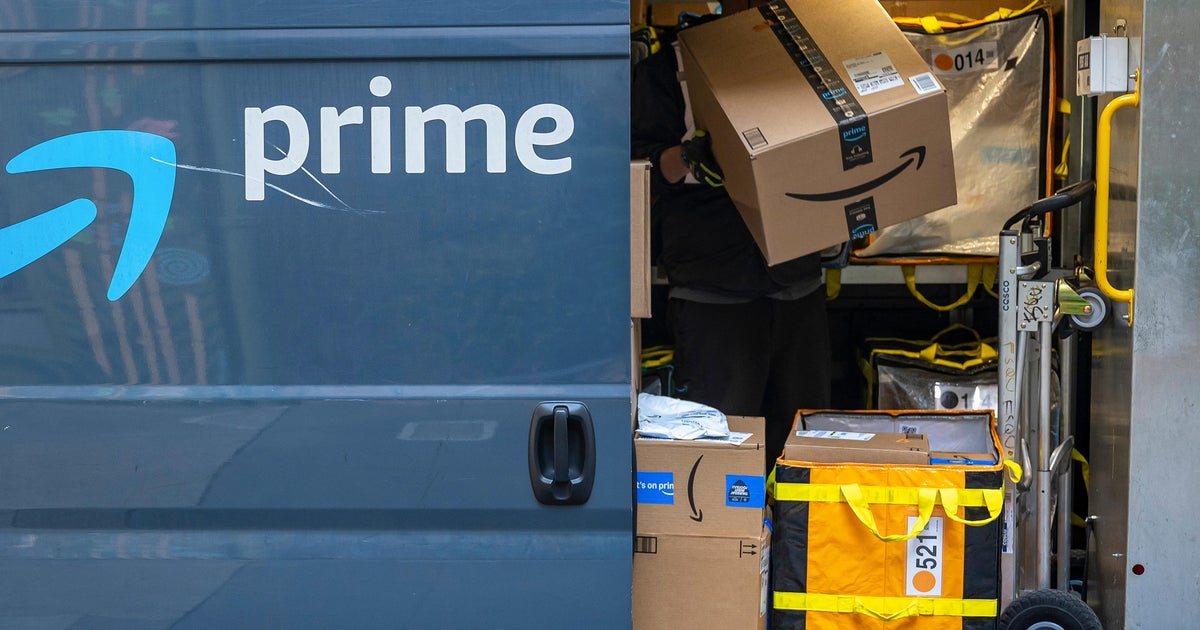“No hire, no fire” job market may no longer be a thing as big companies announce mass layoffs

For most of 2025, the job market was described by economists as “no hire, no fire” — a stretch of time when job seekers faced slim prospects, but workers could count on job security. But that fragile balance may now be shifting, labor experts warn, as mass layoffs at companies like Amazon and UPS signal a possible turning point for the labor market.
Amazon on Tuesday announced 14,000 job cuts, citing a shift toward artificial intelligence, while UPS on the same day said it has reduced its workforce by 48,000 from a year earlier.
Target on Tuesday also notified a state employment agency in Minnesota, where the retailer is based, that it plans to lay off more than 800 workers in January as part of a broader corporate restructuring, CBS News Minnesota reported. The retailer announced last week that it would cut 1,800 corporate positions as the chain trims its global workforce by about 8%.
The mass layoffs come as the Federal Reserve scrutinizes the labor market for signs of weakness, with Fed Chair Jerome Powell last month citing concerns about slower hiring when announcing the central bank’s first rate cut of 2025. The announcements from Amazon and UPS could signal that the Fed has good reason to be worried, experts said.
“No question that this is a shift, and it does seem to me it signals that ‘no hire, no fire’ is a thing of the past,” John Challenger, CEO of outplacement firm Challenger, Gray & Christmas, told CBS News.
“These are major layoffs, the kind of which we only see in periods of real change in the economy,” he added.
Layoffs picking up
Even before Tuesday’s job cuts, layoffs had been trending higher, according to data from Challenger, Gray & Christmas. Employers across the U.S. cut nearly 950,000 jobs this year through September, the largest number of layoffs since 2020, its most recent data shows.
Official federal reports on the state of the labor market have been suspended due to the government shutdown, which means the Fed will make its next interest rate decision tomorrow, Oct. 29, without information about hiring in September.
August’s jobs report, however, provides a snapshot of a weakening labor market, with employers adding an anemic 22,000 new positions that month — far fewer than the 80,000 expected by economists. On Oct. 1, the ADP National Employment Report, a measure of private employment in the U.S., said payrolls at private employers declined by 32,000 jobs in September.
At the same time, recent reports suggest layoffs have accelerated in October, Grace Zwemmer, associate economist with Oxford Economics, said in a report Wednesday. State-level data also shows jobless claims by federal employees topped 10,000 in the week ended Oct. 18, a sign the stalemate in Congress is taking a toll, the investment advisory firm said in a separate research note.
To be sure, the unemployment rate is still relatively low, inching up to 4.3% in August from 4.2% in July. The latest layoffs aren’t likely to dramatically move the needle on the jobless rate, experts say.
“When we look at the scale of the announcements vis-à-vis the broader economy and the data we have from unemployment claims, we don’t see them yet at a scale where the unemployment rate is going to shoot up,” said Andy Stettner, director of economy and jobs at the left-leaning Century Foundation.
But, he added, “These larger corporate downsizings are happening at a time when there aren’t many job openings.”
That means some workers who lose their jobs may struggle to find new employment, experts say. As a result, the ranks of long-term unemployed people, or those who have been searching for work for more than six months, are predicted to rise even higher from its August figure of almost 2 million, its highest level since 2022.
What’s impacting the labor market?
Employers are cutting jobs due to several factors, experts say, ranging from artificial intelligence to uncertainty in the economy. Earlier this year, Amazon CEO Andy Jassy said the e-commerce giant’s investment in AI tools would allow the company to trim its human workforce as the business becomes more efficient.
“Amazon really pointed to robotics, AI and new technology — and being on the cutting edge of that technology — for shifting jobs,” Challenger said.
About one-quarter of tech workers said they had experienced layoffs or role eliminations due to AI adoption during the past two years, according to a new study from career site Indeed.
Other companies are holding off on hiring or cutting roles due to other factors. UPS cited the impact of the Trump administration’s tariffs, as well as shipping declines from Amazon, its biggest customer, on its business. Amazon has been building its own delivery infrastructure, leading it to cut back on its use of UPS.
On Monday, children’s clothing brand Carter’s said it is cutting 300 jobs, or 15% of its workforce, and closing 150 stores over the next three years due to higher costs from tariffs, which are import duties paid by U.S. companies to the federal government.
The Trump administration has said that its tariffs would help protect U.S. manufacturing and return factory production stateside as businesses restore their operations.
In the meantime, Americans are growing more pessimistic about the job market, according to CBS News polling. About 52% of Americans describe the labor market as “bad,” up seven percentage points from April, the poll found.
“We are moving more into a time where job security might be more precarious,” Challenger said.




